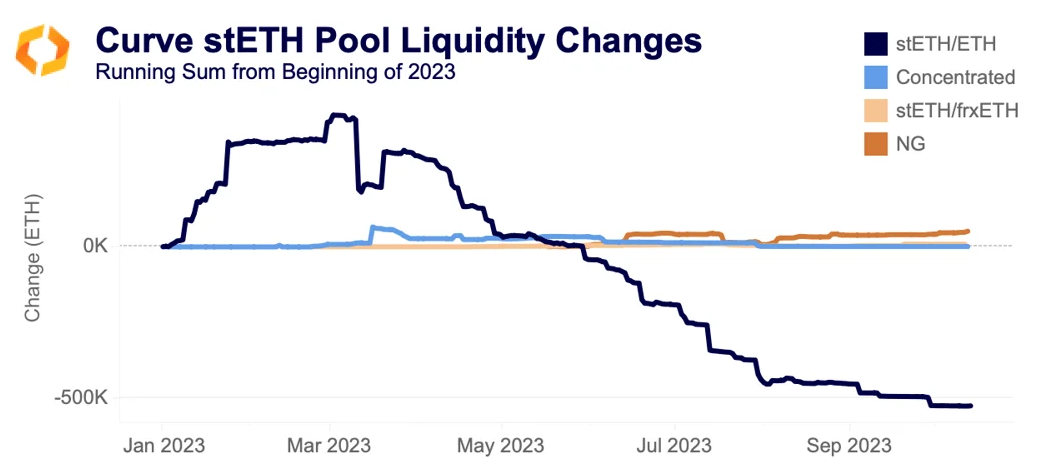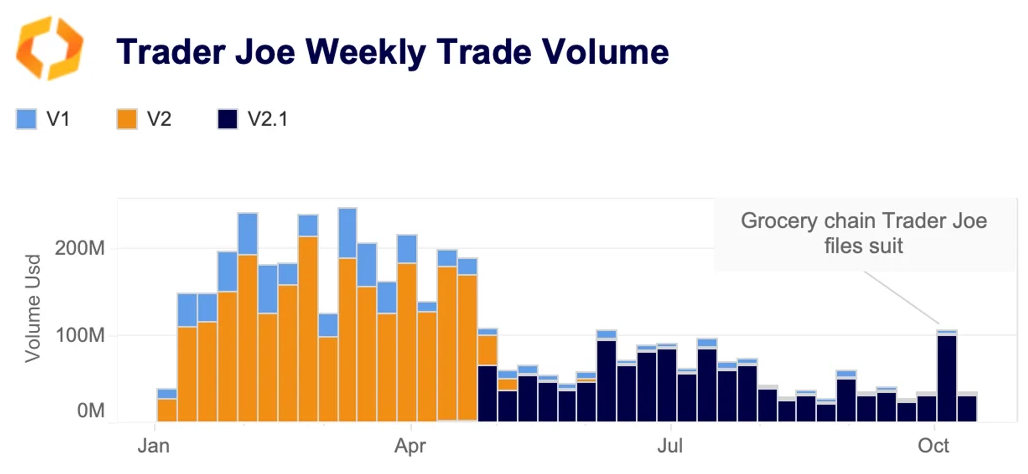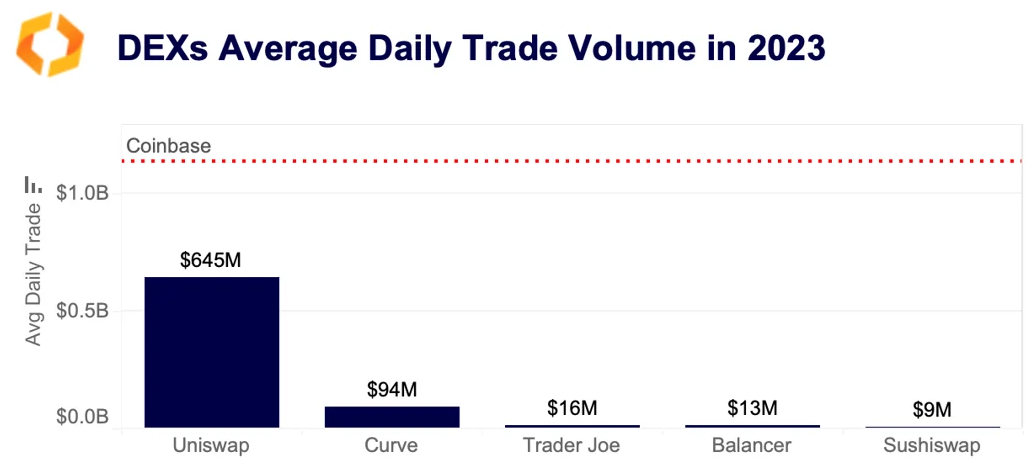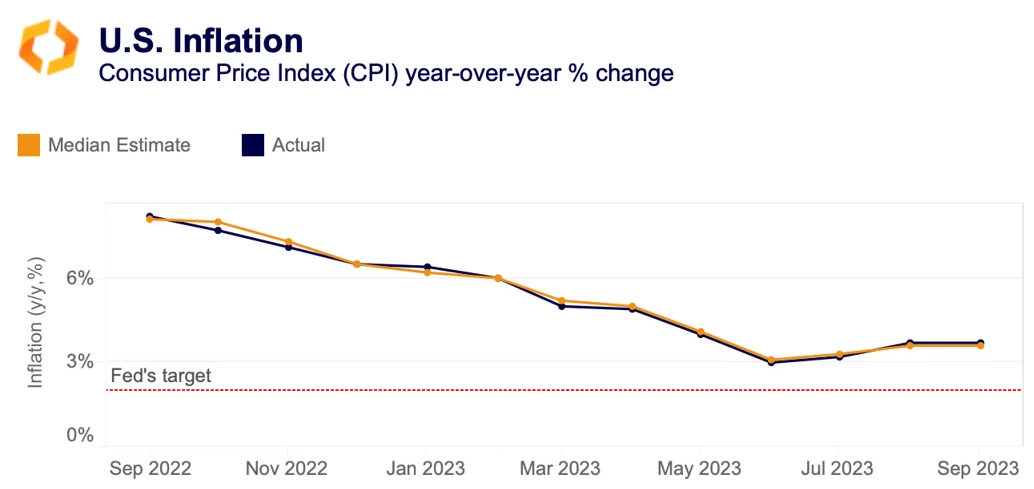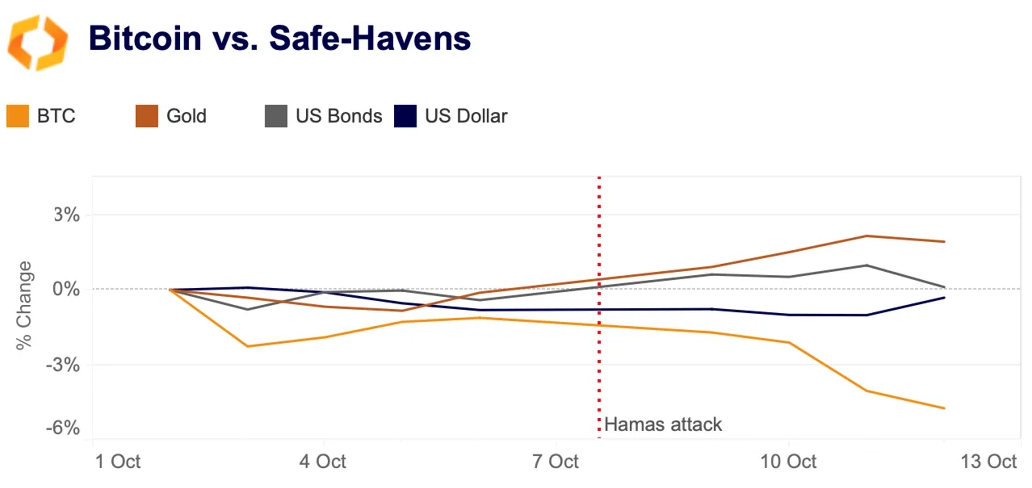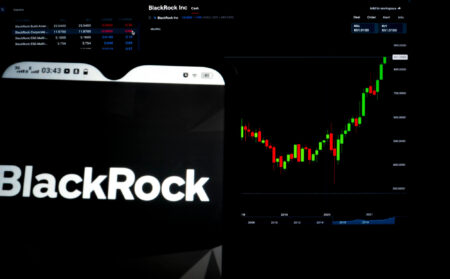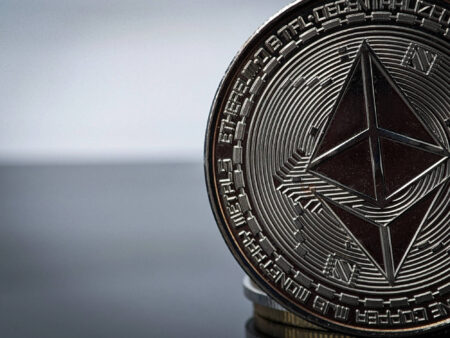A summarizing review of what has been happening at the crypto markets. A look at trending sectors, liquidity, volatility, spreads and more. The weekly report in cooperation with market data provider Kaiko.
BTC recovered from two-week lows early Monday, closing the week flat ahead of the third week of SBF's trial. Last week, star witness Caroline Ellison took the stand, providing new details into how Alameda Research used FTX customer funds.
Ethereum reaches temporary staking equilibrium
For the first time since Ethereum’s proof-of-stake upgrade, the validator queue – where validators wait to stake their ETH - was emptied, meaning there is no longer a wait to stake ETH. For context, this summer the validator queue reached a peak of 45 days. This is an indication that demand to stake ETH has - for now - been met, with 22% of ETH’s supply staked and a staking APY of about 3.5%. It is likely that this equilibrium will shift as macro environment conditions change.

This inference is further bolstered by the slowing growth in stETH supply, which has only grown by about 300k since the start of September. Note that this also includes built-in growth in stETH supply, as staking rewards are paid out in new stETH tokens.
It appears that another staking-related equilibrium has also been reached, this time in stETH liquidity. In this case, liquidity refers to the quantity of tokens in stETH liquidity pools on Curve.
For a long time, it appeared that liquidity would continue to flow out of the stETH-ETH Curve pool (dark blue) after LDO token incentives ended. However, since September the outflows have slowed while there have been minor inflows into some other stETH Curve pools, most significantly the stETH-ETH NG pool (dark orange), which currently has a TVL of $80mn. However, this pool's 50k in stETH/ETH inflows since the start of the year pales in comparison to the 500k stETH/ETH that has left the main Curve pool in the same timeframe.
The biggest DEX on Avalanche
Last week, we updated our DeFi data coverage to include Trader Joe (v1, v2, and v2.1), the top DEX on the Avalanche blockchain. Launched in 2021, Trader Joe offers swaps, yield farming, staking, lending, and an NFT marketplace.
Since August, weekly volumes have averaged about $20mn, a steep drop from earlier in the year, reflecting a broader DeFi downturn. In early October, trade volume spiked to its highest level in months after the DEX faced charges from the grocery chain Trader Joe's for alleged trademark infringement.
Overall, decentralized exchanges have some way to go before catching up to their centralized counterparts. The average daily trade volume on Uniswap (V2 and V3) in 2023 stands at $645mn, about half of Coinbase’s $1.1bn. Trader Joe saw an average trade volume of $16mn, surpassing Balancer and Sushiswap.
Volatility amid geopolitical tensions
Last week, U.S. inflation data boosted market volatility despite the reading being only slightly above market expectations, which mostly reinforced the soft-landing scenario. The headline CPI rose 3.7% year-over-year vs. 3.6% expected. The increase continues to be driven by housing costs while the core CPI (excluding housing) is below 3%. The outsized market reaction to the U.S. CPI data suggests fears are building up amid escalating geopolitical tensions in the Middle East.
While the initial market reaction to the war in the Middle East appeared muted, the safe-haven bid regained traction after U.S. inflation data was published. The U.S. Dollar and gold both closed the week in-the-green, up 0.2% and 5.2% respectively. Bond yields, which move inversely to prices, also increased.
It is interesting that while BTC mostly outperformed gold in the days after the start of the Russia-Ukraine conflict, it has been steadily underperforming since the start of the Middle East conflict. The BTC to gold ratio, which measures the two assets' relative performance, has fallen from 15 to 14, its lowest level since August.


